Yesterday morning, I was preparing my tiller pilot (auto pilot for small boats) but it sounded like something was loose inside. When I opened it up, I found a damaged rubber sealing and the piece in the image below flying around loose. It is mechanically completely deformed and the legs are sheared off. I think it had two legs, but that's not certain. I have no clue how this could have happened, as the electronics is obviously designed around the mechanics. I cannot identify where the thing could have been on the PCB, as that looks unharmed. Also for some (magical?) reason, the pilot still(?!?) appears to work just fine.
The thing is about 5mm high and has a 5mm diameter.
What was this piece? A capacitor (what value)? I guess I should replace it if ever I find where it's missing. Elaborating on why the thing still works might be speculation, though.
The PCB (see images) looks unharmed, and the filter capacitors for the drive motor are still in place (those are very small ones, though).




